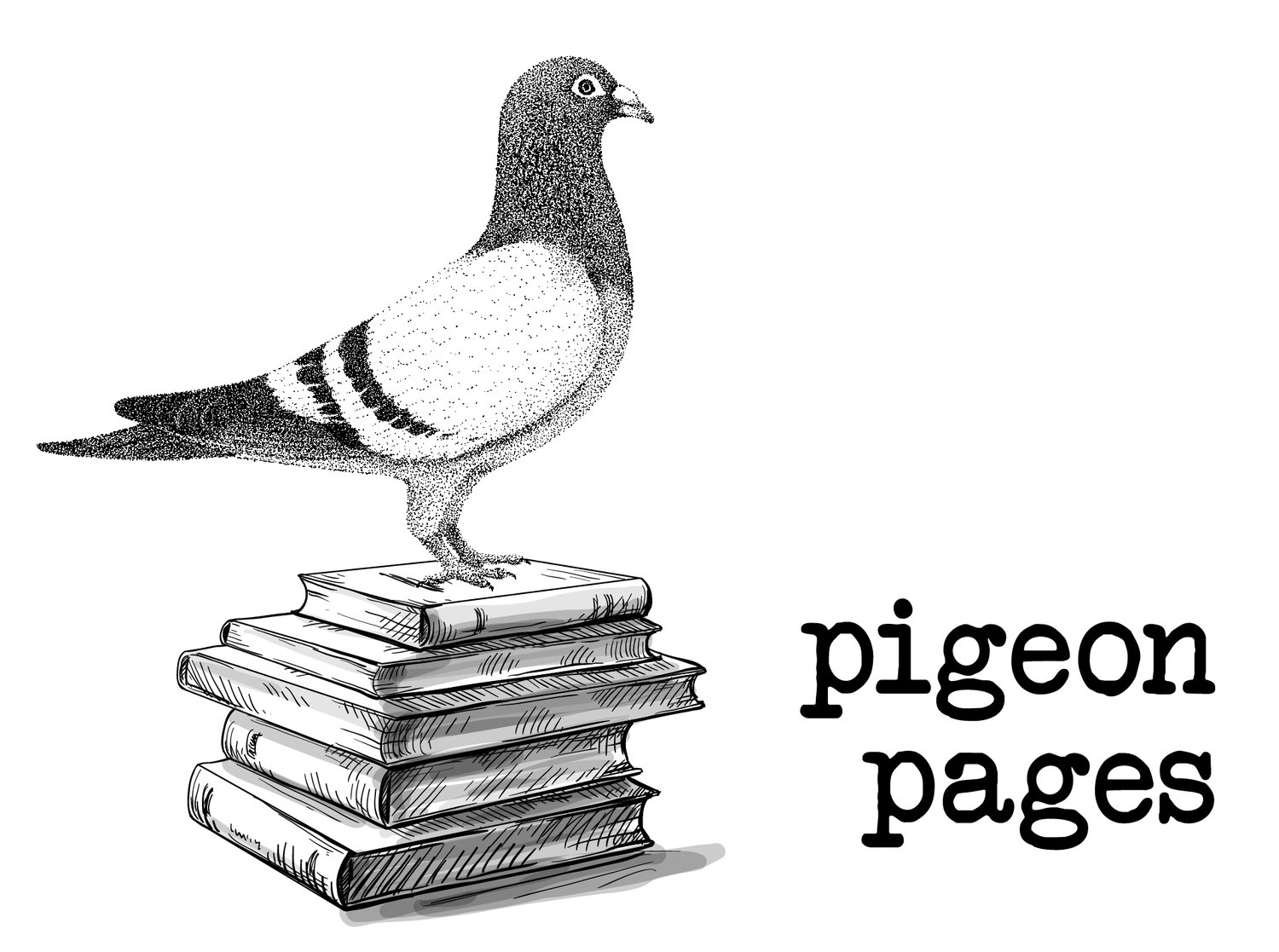Barbara Kasten Collision 7TE, 2018. Fujiflex Digital Print 63 x 48 in / 160 x 121.9cm. Courtesy the artist and Bortolami, New York.
A Second Life
By Anne Kilfoyle
In her new, squat-windowed apartment, she knows to sleep alone for now. On her first night solely responsible for herself, she thinks about how to preserve this safety. Should she need an emergency exit, she will have to use her own strength to smash a window. The plan is to use her stronger elbow and the now-defunct sex towel. She wakes up shocked that she slept, alert to the clean sheet slipping over the tops of her feet.
The roomfuls of air are hers alone to breathe. Her cleaning supplies are well-stocked and the mushrooms in the refrigerator won’t have a chance to wither. She enjoys coming home to noise and leaves the television on, volume unreasonable, when she runs errands. Her treat.
She lies in the exact center of the empty living room and spreads her limbs to take up space, as much space as she can. Sloughing her skin into the carpet, she remembers claiming to disenjoy sex. Later she snacks on celery or barbeque chips—playground food—and forgets to need anyone. Everything about these forward steps is funny and contrary and impossible. She laughs at the noise her coffeepot makes at 6:20 a.m., laughs to find out that last night she forgot to lock the door.
It does pain her to think that the old house is no longer hers. If it weren’t on the far distant shore of this country, she would drive by just once to consider what she has left behind. She would study the windows, see what has replaced the map of Alaska she hung on the back wall. She’d wonder if any of her hairs still live there, blonde and beaten invisible into the champagne carpet. Maybe she could find skin noodled from her heel, stains of dry breath on the shower tile, or her better judgment snagged on a jut of molding. She can’t imagine parts of him remaining: He was post-physical, their bond so far gone that, by the end, she believed she could walk through him without him feeling a thing.
One day, a year has passed. Over lunch, she tells a friend that she feels indifferent to him, both now and maybe all along. Her friend is kind, but the look on her face is enough to indicate that the truth is something else, something that was not said. They go back to eating the lamb tartare. The raw meat spreads softly across the roof of her mouth.
She does not say that the old place still has her. She does not say that the plan is to park against the high curb in front of the house and walk the bricks under the leaning arbor. Without a knock, she’ll rest her palms on the face of that beautiful door, where the molding bends to the inset panel, and bow her head. The plan is to stand very still, remarkably still, and like a sorceress compel the leftover bits of her, her human debris, to rise up, fix together, stand and walk the space that was hers until it wasn’t, go on to live whatever life that version of her needs to live in order to resolve, to stop keening. Thus doubled and shed, the original her will be unburdened of agenda, a timeline for moving on, and memory. No longer ambushed by what she’s forgotten or failed to forget, the new apartment version of herself can get back in the car and put on some music. Aim the wheel and start the long drive west.
Published March 29th, 2020
Anne Kilfoyle is a writer who grew up in Idaho and now lives in Oregon. She received a BA from Boston College and an MFA from Eastern Washington University. Her work has appeared in Epoch and elsewhere, and was recognized in the Top 25 for the Glimmer Train Short Story Award for New Writers. She's at work on a short story collection and a novel. Find her online at annekilfoyle.com.
Barbara Kasten was born in Chicago, where she still lives and works. After a BFA from the University of Arizona, Kasten received an MFA from the California College of Arts and Crafts. An interdisciplinary artist since the 1970s, Kasten's work often explores movement, light, color, space and abstraction. Kasten is a John Simon Guggenheim Fellow, a Fulbright-Hays Fellow, an NEA Grant recipient and the Distinguished College Artist at Columbia College Chicago. Her work is part of museum collections all over the world, including the Met, MoMA, Guggenheim, Whitney, Smithsonian, National Gallery, and The Philadelphia Museum of Art.

